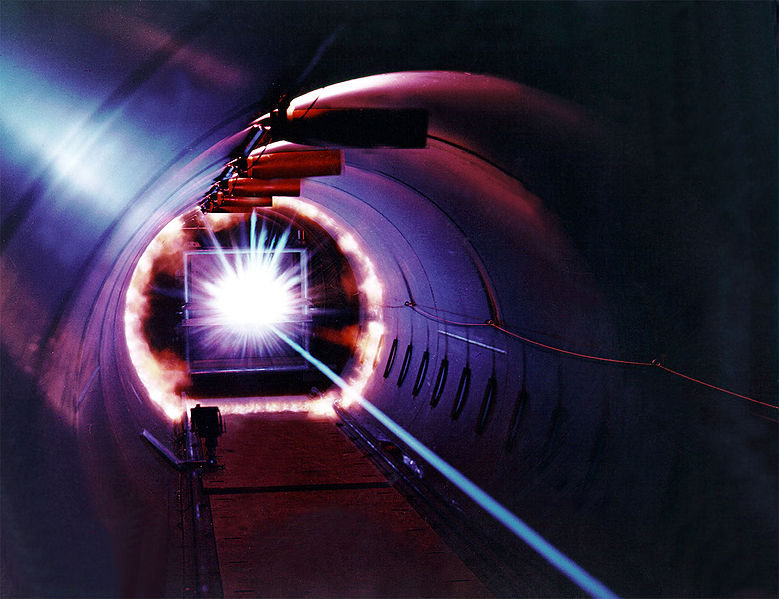Added 2 new A* pages:I blabbered on about temperature in space a bit last week, and we're still dealing with it this week, so I was interested when a friend on Facebook pointed out to me that temperatures on the International Space Station can vary from 250 degrees F on the sunny side, to -250 degrees F on the shady side (that's 121 to -157 C--it's such a nice even coincidence in F, though!) .
Annoyingly, I can't find an explanation for that particular temperature range. If you Google this stuff you come upon black body calculations for temperature per distance from the Sun, but those give you a pretty cool temperature mostly in the middle of the 250 to -250 range the ISS's hull experiences. So obviously the ISS isn't a perfect black body, and I guess its hull temperatures have to do with what it's made out of, how it's shaped, mass to surface area ratio, and so forth; you'd think the Internet would have some page talking about calculations for spacecraft hull temperatures in space, but darned if I can find them. *sigh* So I suppose if I was desperate to get a rough approximation of a spacecraft's hull temp at some distance from a Sun-like star, I could use 250/-250 as a basis, then multiply that by the black body equation's distance section, which is (2*distance)^0.5, and, um, hopefully things would work out. :P
Not so coincidentally, this came up because an ammonia coolant pump broke on the ISS last week; that system circulates ammonia throughout the hull, balancing the temperature from the sunny side and shady side, and it's pretty important for preserving life-supporting conditions in the ship. The good news is they don't think it will be too tough to fix.
While flailing around trying to find actual info so I wouldn't have to do math myself, I came across some interesting related things, like:
- The silica tiles the space shuttle uses as a shield from the heat of atmospheric re-entry are so bad at conducting heat that you can hold a red-hot one in your hand without getting burned:

image by NASA (source)
- Some spacecraft, including the ISS, use Whipple shielding, which is basically the principle of having a thin surface separated from the main hull; an incoming hypervelocity object will go through it, but will have broken into pieces, so the impact energy is spread out over a much wider area on the hull than it would have been, greatly reducing the threat of hull penetration. Because, although it might look pretty

image by NASA (source)
you really don't want the hypervelocity thingy hitting you intact.
- In 2015, NASA will launch Solar Probe+, a robot probe that will get within 8.5 solar radii of the Sun, much closer than the previous record-holder: Helios came within 65 solar radii in the 70's. At 8.5 solar radii, a 15 cm-thick carbon-composite heat shield on the probe's sunny side will heat up to 1400 degrees C (2600 F). (No, don't go watch the movie Sunshine, it's very misleading. :P)
|
